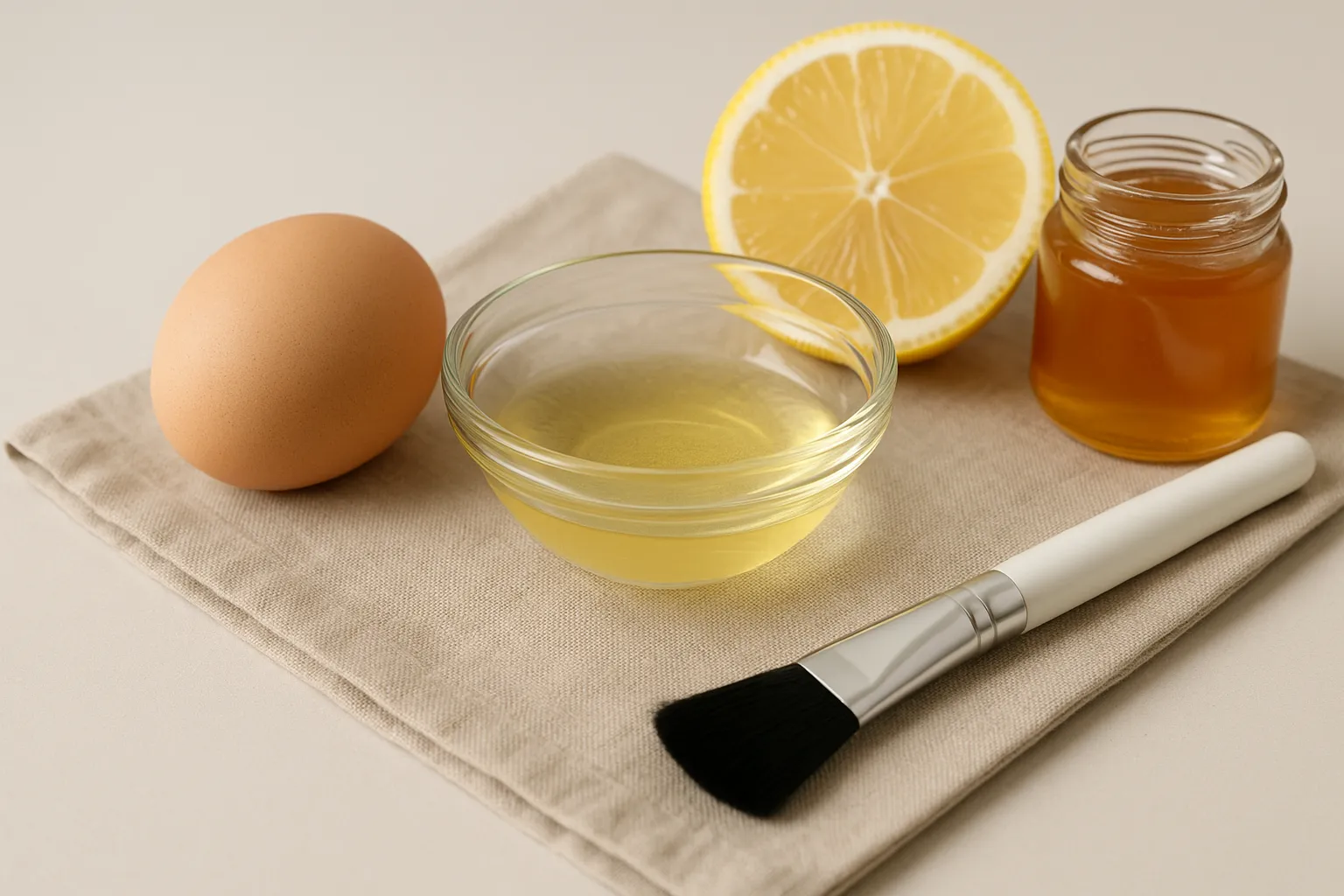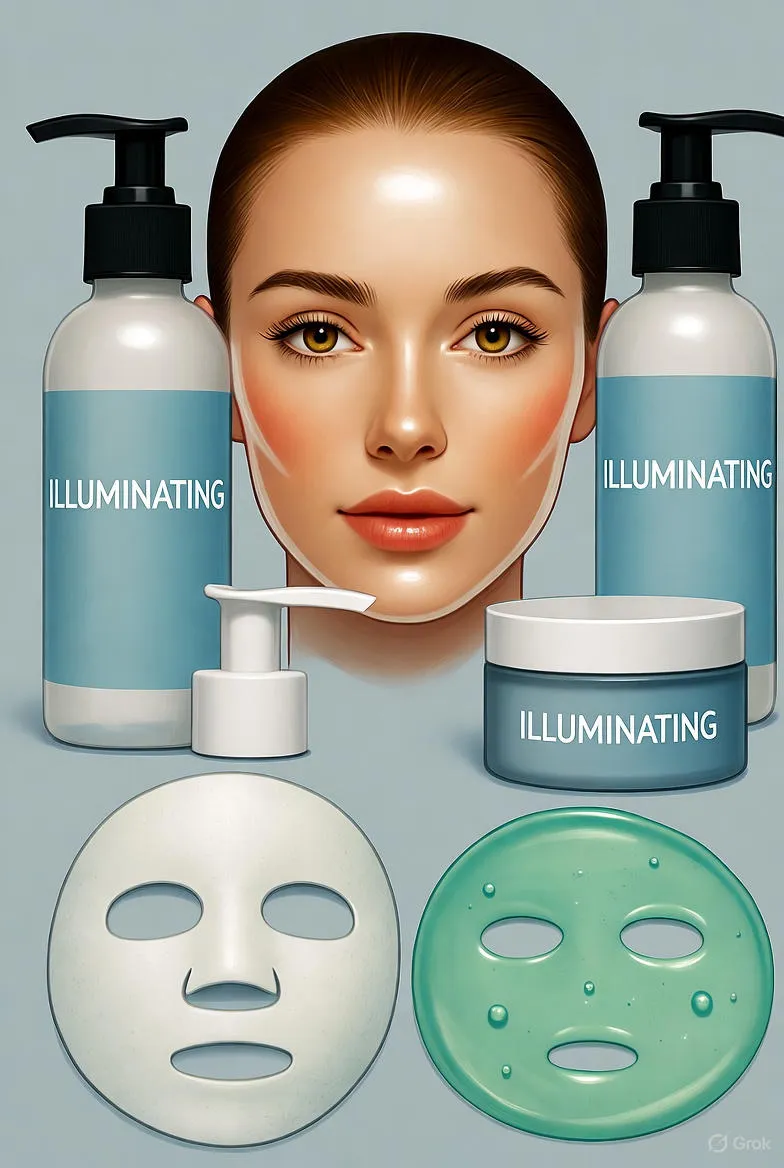Aloe Vera Gel Face Masks: The Ultimate Cooling and Soothing Skincare Secret
Discover the cooling and soothing benefits of aloe vera gel face masks. Learn how to make DIY aloe masks for hydration, sunburn relief, and glowing skin.

Aloe vera has been cherished for centuries as a natural remedy for a variety of skin conditions. Its cooling and hydrating properties make it an ideal ingredient for face masks, especially during the warmer months when skin tends to be more prone to irritation, redness, and dehydration. In this article, we explore the benefits of aloe vera gel face masks, how to make them at home, and the best ways to incorporate them into your skincare routine for a refreshed, glowing complexion.
The Cooling Power of Aloe Vera
One of the most remarkable properties of aloe vera is its natural cooling effect. The gel, extracted from the succulent leaves of the aloe plant, is rich in polysaccharides, vitamins, and minerals that soothe inflamed skin and reduce redness. When applied as a face mask, aloe vera acts like a gentle ice pack, calming the skin while locking in essential moisture.
Why Cooling Matters for Your Skin
Excess heat on the skin can trigger inflammation, exacerbate acne, and lead to premature aging. Aloe vera’s cooling nature helps to:
- Reduce sunburn: Aloe vera gel provides immediate relief for sun-exposed skin.
- Calm irritation: It helps alleviate redness caused by shaving, waxing, or environmental stressors.
- Minimize puffiness: Its cooling temperature naturally soothes under-eye swelling and tired skin.
Key Benefits of Aloe Vera Gel Masks
Incorporating aloe vera gel into your skincare routine provides multiple benefits. Here are the top advantages of using an aloe vera face mask regularly:
- Deep hydration: Aloe vera penetrates the skin’s surface layers, delivering intense moisture without clogging pores.
- Acne control: Its antibacterial and anti-inflammatory properties help clear breakouts and prevent future ones.
- Anti-aging effects: Aloe’s antioxidants, including vitamins C and E, help combat free radicals that contribute to fine lines.
- Skin healing: Aloe vera supports the regeneration of skin cells, making it excellent for post-sun exposure recovery.
- Natural glow: With consistent use, aloe vera improves skin texture and tone for a radiant appearance.
DIY Aloe Vera Cooling Face Mask Recipes
Homemade aloe vera masks are simple to prepare and can be customized depending on your skin’s needs. Below are some easy, effective recipes:
1. Pure Aloe Vera Gel Mask
This is the simplest and most soothing version. Apply pure, organic aloe vera gel directly to your face. Leave it on for 15–20 minutes, then rinse with cool water. Ideal for irritated or sunburned skin.
2. Aloe Vera and Cucumber Cooling Mask
Blend 2 tablespoons of aloe vera gel with half a cucumber. Apply the smooth paste to your face for 20 minutes, then rinse. This combination intensifies the cooling sensation and adds an extra hydration boost.
3. Aloe Vera and Green Tea Detox Mask
Mix 1 tablespoon of aloe vera gel with 1 teaspoon of cooled green tea. Apply evenly over your face to refresh tired, dull skin while protecting it with antioxidants.
4. Aloe Vera and Honey Moisturizing Mask
Combine 2 tablespoons of aloe vera gel with 1 teaspoon of raw honey. This blend nourishes and soothes sensitive skin while maintaining a natural glow.
How to Use Aloe Vera Masks Effectively
For optimal results, follow these simple steps:
- Cleanse your face thoroughly to remove dirt and excess oil.
- Apply the aloe vera mask evenly across your skin.
- Relax for 15–20 minutes while the ingredients work their magic.
- Rinse with cool water and gently pat dry with a soft towel.
- Follow with a lightweight moisturizer to seal in hydration.
For best results, use the mask 2–3 times per week. Avoid harsh exfoliation or strong acids right before or after applying an aloe-based mask to prevent irritation.
Choosing the Right Aloe Vera Gel
When selecting an aloe vera gel for skincare, always check the label. The closer the ingredient list is to 100% pure aloe vera, the better. Avoid products containing alcohol, synthetic fragrances, or artificial dyes, as they can irritate the skin and reduce the gel’s soothing properties.
Tips for Storing Aloe Vera Gel
- Keep the gel refrigerated to preserve freshness and enhance the cooling effect.
- Use a clean spatula or spoon to prevent contamination.
- Homemade gel should be stored in an airtight container and used within two weeks.
Who Can Benefit from Aloe Vera Face Masks?
Aloe vera gel masks are suitable for nearly all skin types, including sensitive and acne-prone skin. They are especially beneficial for:
- People with sunburn or redness seeking relief.
- Those with oily or combination skin who need moisture without heaviness.
- Individuals with dry skin looking to restore hydration naturally.
- Anyone exposed to heat or pollution who wants to refresh and detoxify their skin.
Conclusion
Aloe vera gel face masks are a simple, natural, and effective way to cool, calm, and rejuvenate the skin. With regular use, they can help balance your complexion, soothe irritation, and keep your face glowing all year long. Whether you use it pure or blend it with other ingredients like cucumber or honey, aloe vera remains one of the most versatile and trusted skincare allies nature has to offer.


